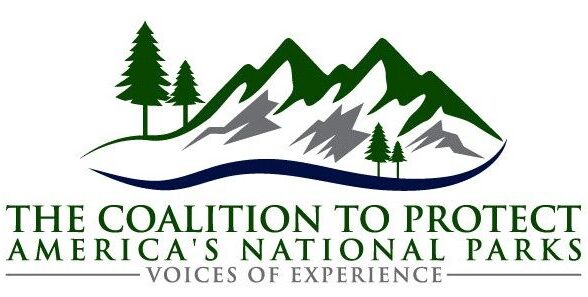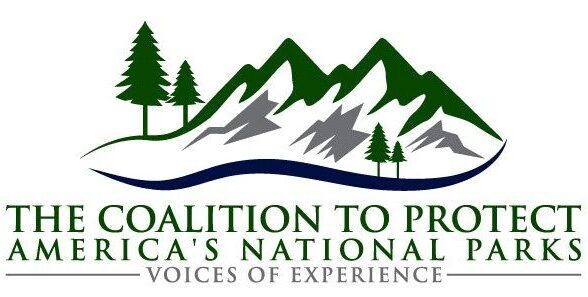
Theresa Pierno is president and CEO for the National Parks Conservation Association. Phil Francis is chair of the Coalition to Protect America’s National Parks and former superintendent of the Blue Ridge Parkway.
It has been just over three years since President Trump took the oath of office, and the lack of permanent leaders in this administration remains alarming and unprecedented. No administration in recent history has had as many vacancies this far into a term.
And it is not just Cabinet-level positions that remain vacant or filled with “acting” roles. For three years, the National Park Service has been without a Senate-confirmed director, an agency whose 20,000 employees oversee 419 of America’s most treasured places — national parks, monuments, battlefields, military parks, historical parks, historic sites, lakeshores, seashores, recreation areas, scenic rivers and trails.
The director is charged with upholding the National Park Service’s mission to protect and keep unimpaired our most incredible natural, cultural and historic resources for future generations to experience and enjoy. This is no small task, considering the Park Service is second only to the Department of Defense in the amount of infrastructure it manages.
The lack of permanence at the top of these agencies means the nation is lacking established leaders in critical positions in our government — without the expertise and guidance the American people deserve.
More than a century since its founding, the National Park Service maintains an unwavering passion for protecting America’s legacy. That passion endures because of the decision-makers who have been at the helm — the problem-solvers who took the many obstacles facing our parks head on, and who were approved of and embraced as real leaders.
For example, in March 1943, it was Director Horace Albright who convinced President Roosevelt to protect more than 220,000 acres of lands to establish the Jackson Hole National Monument, which was eventually added to Grand Teton National Park. Ten years later, Director Conrad Wirth led an effort to boost federal funding for the National Park Service to increase staffing levels, create visitor centers, and upgrade park buildings and concessions facilities. And in 1999, Director Bob Stanton launched the Natural Resource Challenge, a five-year program to promote the role of science in decision-making, increase funding for natural resource programs and strengthen partnerships with the scientific community, educational institutions and the public.
This administration has had every opportunity to formally advance a National Park Service director’s nomination, but instead continues to keep leadership in place with only “acting” roles, disregarding the requirement for congressional approval and leaving thousands of park staff leaderless. The number of “acting” and vacant positions within the Park Service headquarters alone is astonishing. More than half of the Park Service’s senior positions that oversee critical departments within the agency, including operations, congressional and external relations, interpretation and education, and visitor and resource protection are either vacant or without a permanent leader. This lack of stability has greatly affected the agency both inside and out. Park superintendents aren’t getting support to fulfill their stewardship responsibilities and the public is shut out of one decision after another.
And this problem isn’t isolated to the top of the agency; it is prevalent throughout the ranks. Several national parks, including some of our nation’s most iconic and heavily visited sites, like the Grand Canyon, Denali and Yosemite National Parks, are currently without a permanent superintendent. Superintendents play such a critical role ensuring our nationally significant resources are protected, visitors have great experiences, and staff have stability and get direction on day-to-day management. This level of management is nearly impossible in park sites with rotating or temporary leadership.
For years, rampant underfunding coupled with staff cuts and increased visitation has required park staff to do far more with much less. And the lack of leadership within the agency has only compounded these struggles, making it more difficult for staff to perform their duties to ensure the protection and future of our national parks. In fact, we’ve seen firsthand the types of terrible policies and decisions that can be implemented when a leader is lacking: from eliminating years of science-driven data from park planning, to initiating an unnecessary and disruptive reorganization of the National Park Service, to reversing longstanding, science-based decisions that protect invaluable park resources.
Without a permanent, emboldened director, there’s no one to speak for our parks and park staff. And it’s our parks and public lands, and all who visit them that pay the price.
Our national park rangers, and the American people, deserve nothing less than a fully empowered leader approved by Congress to perform his or her duties to ensure the protection and future of our national parks. It’s time to offer the parks and so many other agencies across our government the leadership they deserve.
Theresa Pierno is president and CEO for the National Parks Conservation Association. Phil Francis is chair of the Coalition to Protect America’s National Parks and former superintendent of the Blue Ridge Parkway.
